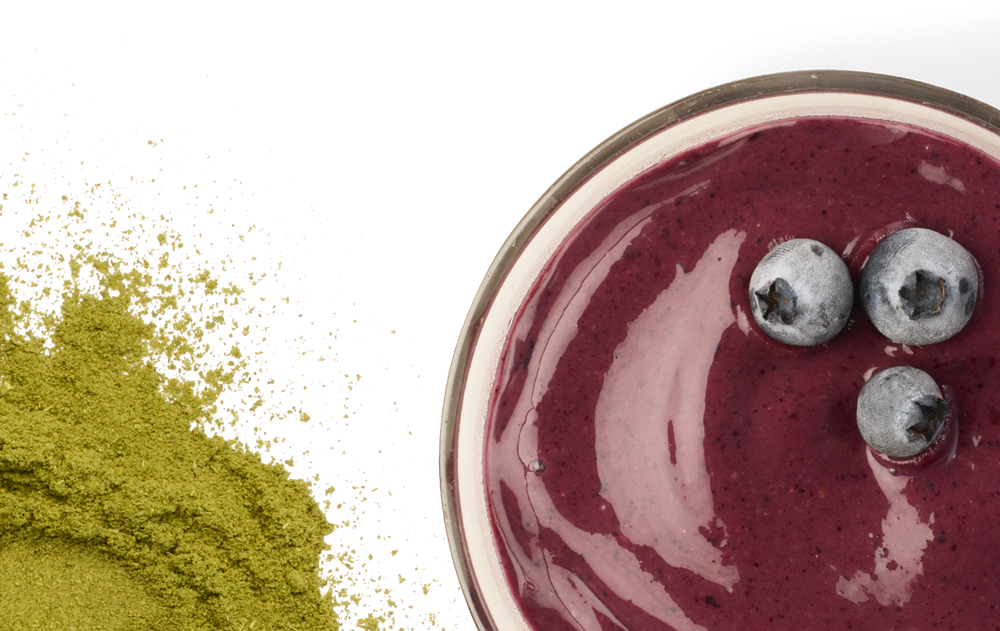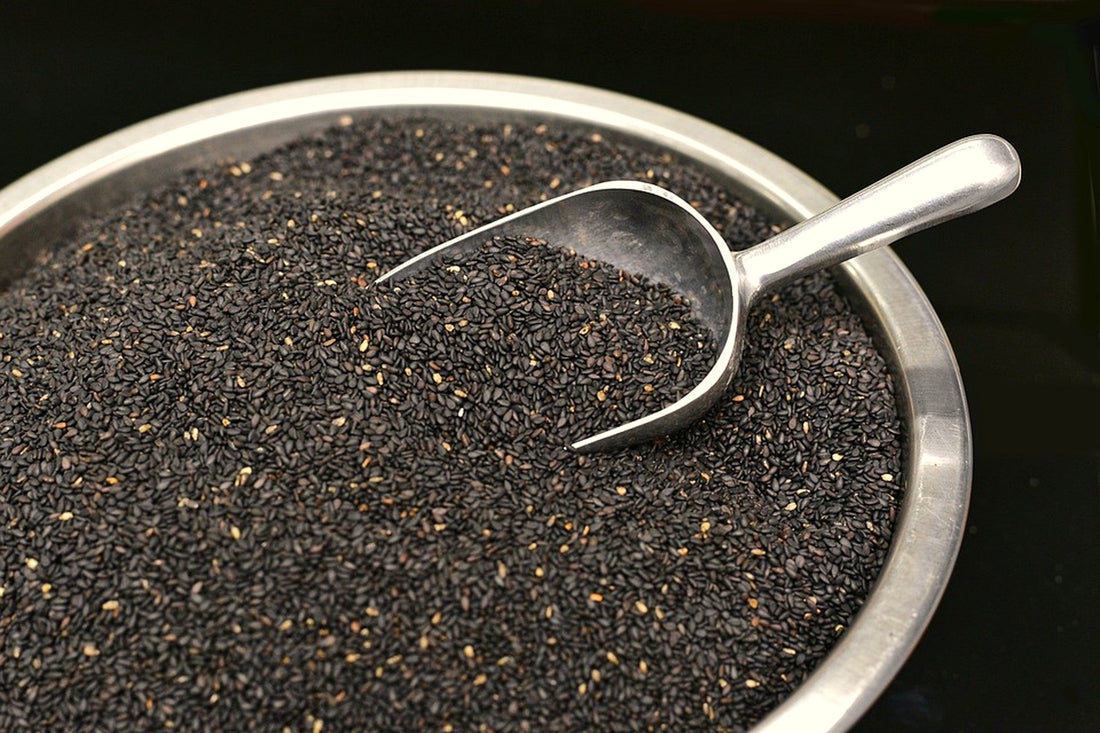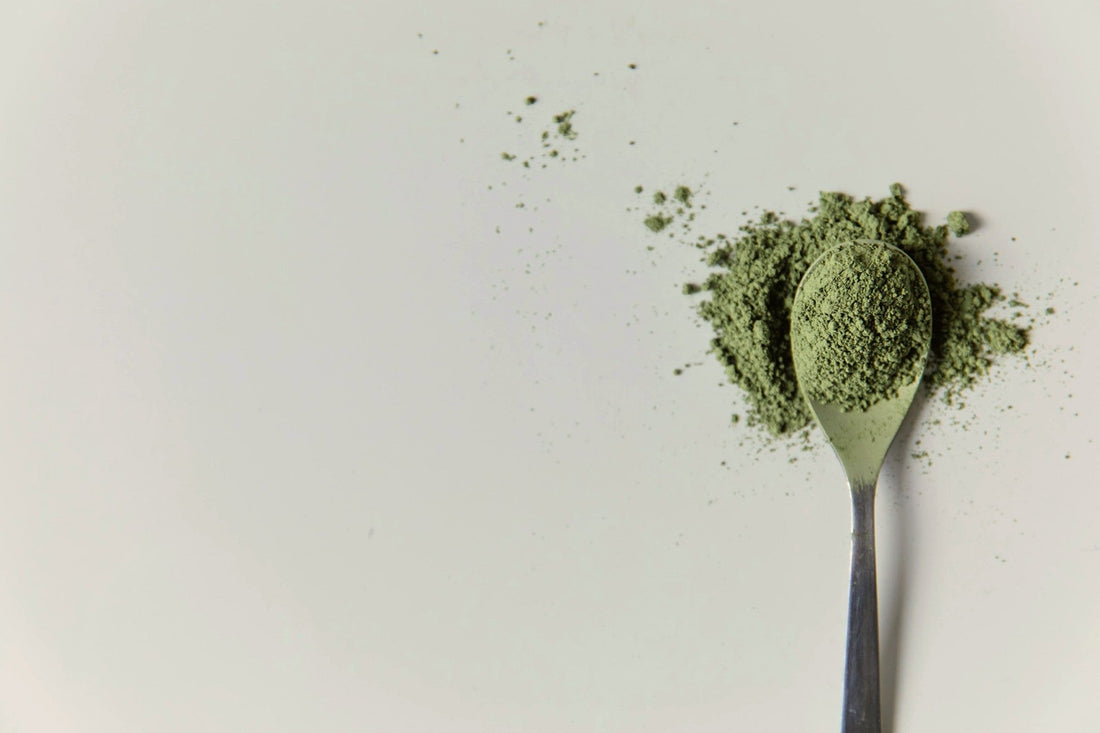
A Cultural Perspective On Adaptogens
Written by Arti Jalan, from Forage and Sustain. Forage and Sustain is an online platform that approaches all things related to sustainable and conscious living with a fresh perspective. Founder, Arti Jalan, creatively explores a myriad of topics that affect us in our lives such as self-care & wellness, conscious travel, slow living and ethical fashion. She educates us on how to shift our focus to have a more positive impact in these areas, and encourages us to become agents of social change.
What is Ashwagandha?
Also referred to as Indian ginseng, ashwagandha is a much-talked about herb at the moment, taking prime real estate as the adaptogen of the hour.
While ashwagandha is on everyone’s radar here in the west, it is an ageless Ayurvedic herb that has been used in traditional Indian medicine for thousands of years. Still very much used today, Ayurveda remains a common restorative practice, where theology meets science and nature, and where foraged herbs native to the ancient land are used in wellness, beauty, skincare and healing.
Upon mentioning the benefits of ashwagandha to my parents, they both chuckled, as it clearly wasn’t breaking news to them. My mum mentioned that she used to take it when she was younger, as it was prescribed to her to increase her energy levels. My dad said it would make me strong like a horse, but then laughed and was a bit more unsure as to why I would need it, as traditionally, ashwagandha was given to men to increase their virility…
Well, if it’s energy and strength that you seek, you will find it in this potent adapotgenic herb that hails from the dry desert of India. Much like the benefit it provides us, ashwagandha is hearty and strong, thriving in dry soil and tolerant to drought.
Along with profiling ashwagandha, I will be touching on two other ancient Ayurvedic herbs that are known for their healing properties – holy basil and amla berry – both of which are incredible for our health, creating a trio of powerhouse adaptogenic herbs that naturally and gently heal from within.
First of all, what is an “adaptogen”? Adaptogens basically are non-toxic plants that aid the body in resisting and dealing with internal and external stressors. They help your adrenal glands adapt to get better at dealing with stress. With that said, let’s take a look at these three herbs and why they’re so great at helping us manage that one thing that seems to afflict everyone these days.
Ashwagandha:
Remember when my dad said ashwagandha would make me strong like a horse? Well, that wasn’t random - Indian people associate it with equine strength because in Sanskrit, ashwagandha means “smell of the horse”, referring to both its unique, earthy smell and its ability to increase strength.
Used for centuries, ashwagandha is one of the most important and most extensively researched Ayurvedic herbs, and it is also known as Indian ginseng, winter cherry and its botanical name, Withania somnifera. The plant has a high concentration of withanolides, which have been proven to fight tumor growth.

What are the benefits of ashwagandha?
The health benefits of ashwagandha have finally been unlocked here in the west, many of those which I have noticed myself as I have been taking the supplement for a few months now. Known to protect the body against disease, ashwagandha promotes physical and mental health, boosts your immune system, increases stamina and endurance, and even helps with sexual vigor and fertility for both men and women! Some other benefits are:
- Reduces Blood Sugar: Studies have found that ashwagandha has the ability to reduce blood sugar levels in both healthy people and those with diabetes, and it was shown that it was able to lower fasting blood sugar levels in diabetic patients as effectively as their oral allopathic medicine
- Reduces Stress: Cortisol is known as the stress hormone and studies have shown that ashwagandha significantly reduces stress (levels of cortisol) when taken regularly
- Eases Anxiety: Going hand in hand with stress reduction, ashwagandha also reduces anxiety, helping us to relax and naturally take care of feelings of distress and discomfort
- Improves Cognitive Function: An effect I’ve noticed myself, taking ashwagandha improves cognitive function and can improve memory as well. I find that I feel more alert and can concentrate better when I take it, a huge added benefit to those dealing with brain fog and “mum brain”
How to take ashwagandha?
I’ve just been adding half a teaspoon into a lukewarm glass of water in the morning and drinking it, but there are many other ways in which you can consume it. Because it has a strong, bitter taste, you can mix it into hot or cold beverages to mask the taste, smoothies, smoothie bowls, elixirs, lattes, teas, soups, or energy balls. If you suffer from insomnia and anxiety, mixing a teaspoon into a cup of warm milk or sleepy time tea before bed will help greatly.
Holy Basil:
Holy basil is also known as tulsi, and it holds a revered place in Indian and specially, Hindu culture. Tulsi plants often bless the entryway of Hindu homes in India, and a very common religious practice is to sprinkle a few shredded tulsi leaves on fruit, which is then given to god as an offering. I grew up always having some tulsi on my fruit in the morning, a practice my parents continued here in Toronto. Holy basil has been so integrated into my life that I almost didn’t even notice it until it became trendy in the west.
Referred to as “the elixir of life”, holy basil symbolizes purity, and it is believed that it promotes longevity and life-long happiness. With antibacterial and anti-inflammatory properties, holy basil is also an adaptogen, assisting in the body’s natural ability to resist stress.

Some of the health benefits of holy basil include:
- Reduces Stress and Anxiety
- Stimulates and Vitalizes the Body
- Aids in Sleep Problems and Exhaustion
- Increases Memory Function
- Helps Lower Blood Sugar, Cholesterol and High Blood Pressure
- Eases Inflammation and Joint Pain
Organic Traditions has a great full spectrum holy basil powder that can easily be consumed either in a glass of water or added to any beverage or smoothie. The taste is fragrant, basil-citrusy with a hint of anise, so unlike ashwagandha, this makes for a lovely addition to a drink!
Amla Berry:
Amla berry is also known as Indian gooseberry, and is one of the richest sources of Vitamin C. Amla berry enhances nutrient absorption, helps eliminate free radicals, and helps to flush toxins out of the system.
I remember seeing these tiny yellow fruit in India in bunches as a kid, but I never ate them because they are known to be very sour. As a powder however, the taste is unnoticeable when mixed into smoothies, yet this potent, ash-like powder is beyond beneficial.

Some health benefits of Amla berry include:
- Helps Relieve Acidity
- Improves Calcium Absorption
- Can Act as a Diuretic
- Helps Manage Diabetes – due to the presence of chromium in the berry
- A Powerful Source of Antioxidants – helps to rid the body of free radicals which are the cause of wrinkles, blemishes and age spots (there must be a reason why Indian people age so slowly!)
- Improves Immunity, Appetite, Hair Quality and Eye Health
How to take Amla berry?
Due to its bitter taste, Amla berry is best taken mixed into water, a beverage or smoothie. It can also be added into any recipe of your choosing, as the effects of it are still beneficial.
Taking foraged herbs for our health is a wellness practice that our ancestors relied on, and one that is still so commonly exercised in Ayurvedic medicine. Organic Traditions provides us with the potent healing herbs of Ayurveda in a sustainable, natural, organic, and trusted way, one that helps eliminate confusion when it comes to our health. I’ve been taking quite a few of their supplements for a few months and notice a marked difference in the way I feel. This small, family-run business is based out of Toronto and the care and detail they put into their product is noticeable after just a few days. Their products are free of harsh chemicals, solvents and have been extracted in a way that preserves their potency and purity.
Thinking of trying amla berry powder? Try making this Amla Colada smoothie!
Click here to see the original post on Forage & Sustain!
Interested in all three? Check out our Herbal Concentrates Bundle!

Related Articles
Black Sesame Seeds Benefits: Ancient Superfood for Modern Wellness
Moringa Powder Benefits: Ancient Superfood for Energy, Detox & Vitality

Unlock
up to 25% off
Exclusive deals, tricks, and updates on superfood tips!




0 comments